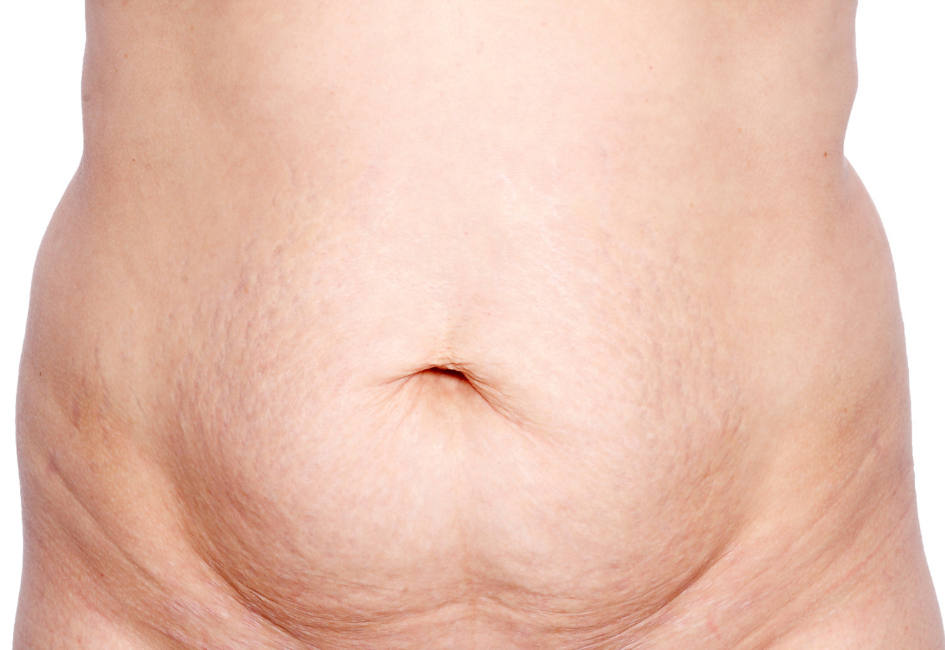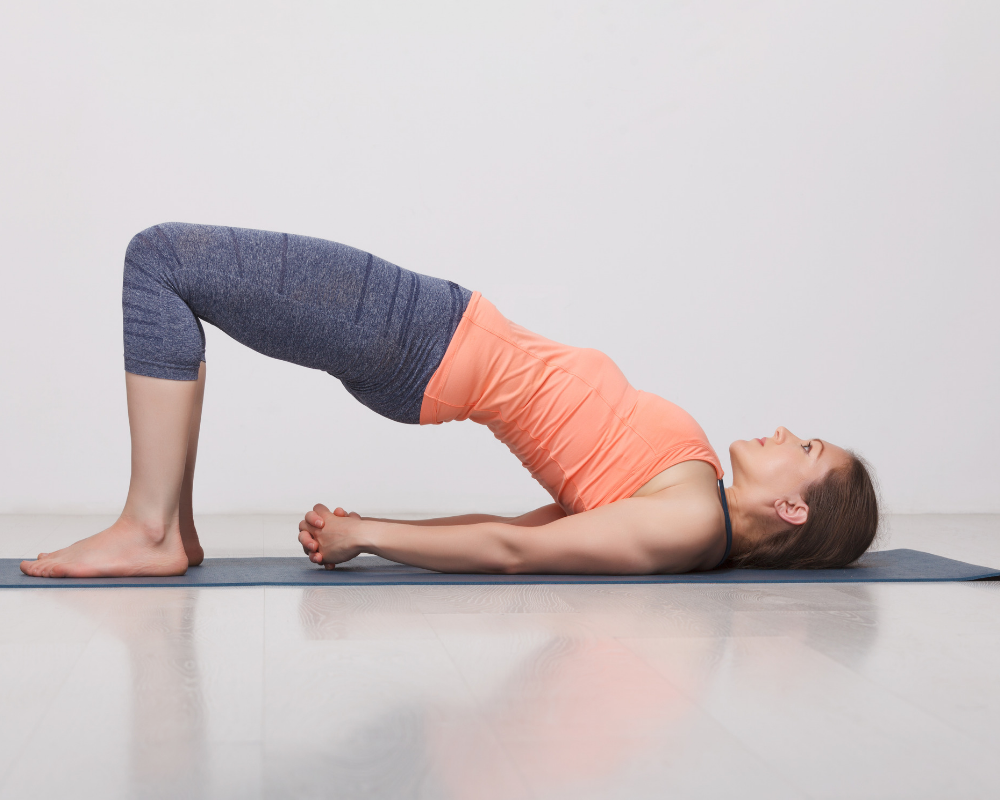The Truth About Diastasis Recti And What You Can Do About It
When you hear the term diastasis recti is sounds ominous and that surgery or another intense solution is the cure. However, I am here to tell you that it is far from true!
Diastasis recti (dahy-as-tuh-sis rek-tahy) is the displacement of the abdominal wall muscles. Diastasis recti is the partial or complete displacement of the rectus abdominis, or “six-pack” muscles, which meet at the midline of your stomach. Diastasis recti is very common during and following pregnancy. This is because the uterus stretches the muscles in the abdomen to accommodate your growing baby.
Diastasis Recti is a result of excessive intra-abdominal pressure. Pressure that the muscles of your abdomen and pelvic floor can’t withstand as they should. Your core (abdominal muscles, along with your pelvic floor and the muscles of your lower back) are not working optimally in conjunction, your pelvis not aligned properly. Your core is not doing its job quite right – containing the natural pressure.
Key Facts:
100% of women have some level of diastasis recti in the third trimester
66% of women with diastasis recti have some level of pelvic floor dysfunction
Men can also get diastasis recti!
Factors that increase risk:
Advance maternal age
High weight gain during pregnancy
Repeated or “back-to-back” pregnancies
Pregnancy with multiples
How to preform a self-check
Lie on your back with your knees bent and feet on the floor.
Place one hand on your belly, with your fingers on your midline at your navel.
Press your fingertips down gently, and bring your head (shoulders stay on the ground) up into a mini crunch-like position.
Feel for the sides of your rectus abdominis muscles, and see if and how far they are separated.
Separation is commonly discussed in terms of finger widths -- for instance, two or three (or more) fingers' separation.
Movements to avoid
Abdominal exercises that flex the upper spine off the floor (such as crunches, oblique curls, bicycles, roll ups/roll downs, etc.)
Movements that stretch or stress the midline (cat/cow and plank)
Movements that twist the upper body while expanding the arm out on that side (as in triangle pose)
Front extension poses (as in Fish, Up dog, Wheel and Camel pose)
Any exercise that causes a bulge in the abdominal wall upon exertion (plank, boat)
Lifting and carrying heavy objects
Healing your core
Properly engage your core. The core includes transversus abdominis (TA), multifidus (MF), pelvic floor and diaphragm.
Rib cage breathing - breathing to expand the sides and back of the ribcage. Try visualizing the breath as an umbrella opening and closing. Your breath is one of the most important core exercises!
Connect with your core - draw in low belly. This is not the same action as sucking in. Breath should be natural. Shoulders relaxed and tailbone neutral.
Optimal alignment - Ensure that while sitting and standing you're in optimal alignment.
Strengthening transversus abdominis (TA) - chair pose, bridge, bird dog.
Seeking professional help
If you're dealing with pain, discomfort, or any kind of pelvic floor dysfunction, please don’t wait—support is available, and you don’t have to navigate this alone. Working with a physical therapist who specializes in pelvic health can make a life-changing difference.
If you're located in the Las Vegas area, I’d be happy to help you find a trusted local pelvic health PT.
And if you're looking for personalized movement support, I offer virtual one-on-one postnatal yoga sessions designed to help you reconnect with your body, relieve tension, and build strength safely from the comfort of your home.


